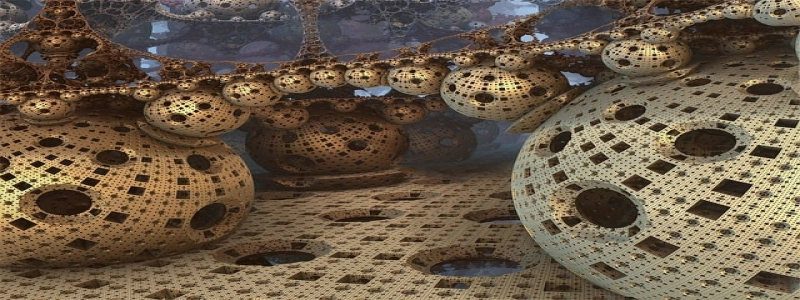Grating Dispersion
介绍
In the field of optics, grating dispersion refers to the phenomenon of light being dispersed or separated into its different wavelengths when passing through a diffraction grating. This dispersion is caused by the periodic structure of the grating, which acts as a series of tiny parallel slits.
Principle of Grating Dispersion
When light passes through a grating, the different wavelengths of light are diffracted at different angles due to their interaction with the grating’s periodic structure. This is governed by the grating equation, which states that the wavelength of light, the angle of incidence, and the angle of diffraction are related by the equation: mλ = d(sinθi + sinθd), where m is the order of diffraction, λ is the wavelength of light, d is the grating spacing, θi is the angle of incidence, and θd is the angle of diffraction.
Multiple Orders of Diffraction
One of the unique properties of grating dispersion is that it can produce multiple orders of diffraction. This means that not only the central maximum but also the higher and lower diffraction orders can be observed. The first-order maximum corresponds to the angle of diffraction that satisfies the grating equation for m = 1. Higher orders of diffraction occur when m > 1, and lower orders occur when m < 1.
Dispersive Power
The dispersive power of a grating refers to its ability to separate different wavelengths of light. It is determined by the ratio of the angular dispersion to the average angular deviation. The angular dispersion is given by δθ = Δθ / Δλ, where Δθ is the change in angle of diffraction and Δλ is the corresponding change in wavelength. On the other hand, the average angular deviation is given by Δθ_avg = Δθ1 + Δθ2 + Δθ3 + … / n, where Δθ1, Δθ2, Δθ3, … are the individual angular deviations for different wavelengths, and n is the number of wavelengths considered.
Applications
Grating dispersion has various applications in the field of optics. It is commonly used in spectroscopy to separate and analyze the different wavelengths of light emitted or absorbed by a sample. By measuring the angles of diffraction, the composition and properties of the sample can be determined. Grating dispersion is also used in wavelength division multiplexing, a technique used in fiber optics to transmit multiple signals simultaneously over a single strand of fiber.
结论
综上所述, grating dispersion is a fundamental phenomenon in optics that occurs when light passes through a diffraction grating. It is characterized by the separation of light into its different wavelengths due to the interaction with the grating’s periodic structure. Grating dispersion has numerous applications in spectroscopy and fiber optics, allowing for the analysis and transmission of multiple wavelengths of light. Understanding the principles and properties of grating dispersion is essential for various scientific and technological advancements in the field of optics.








